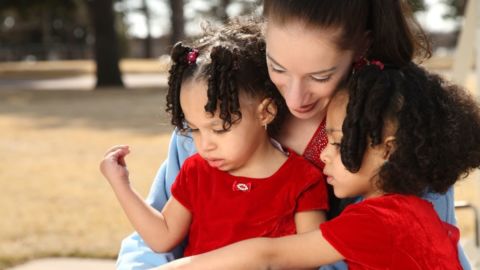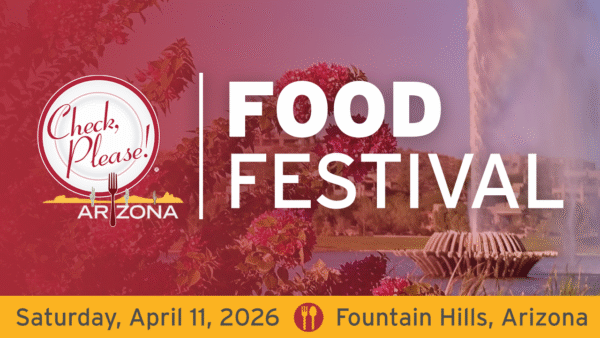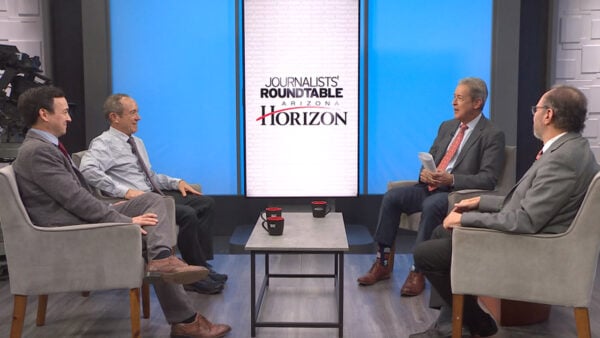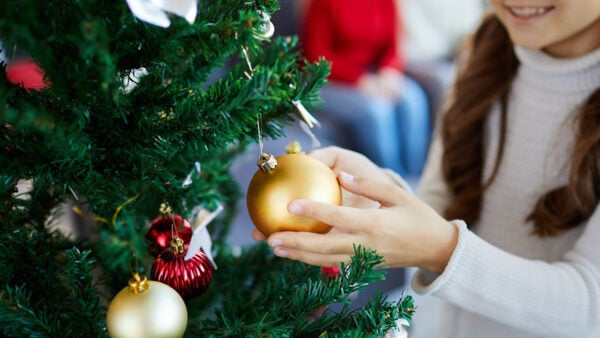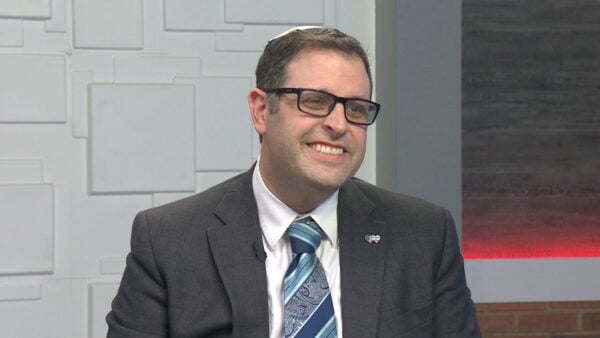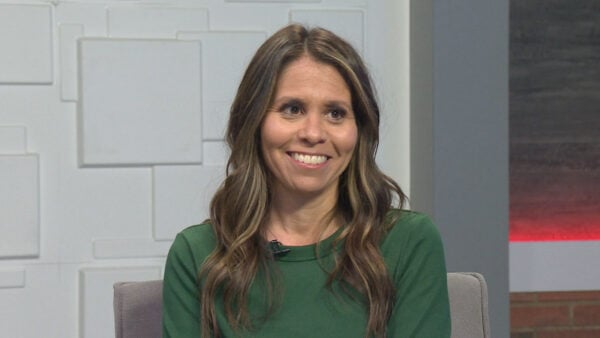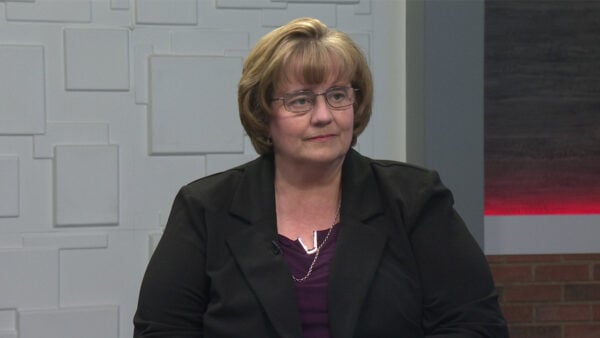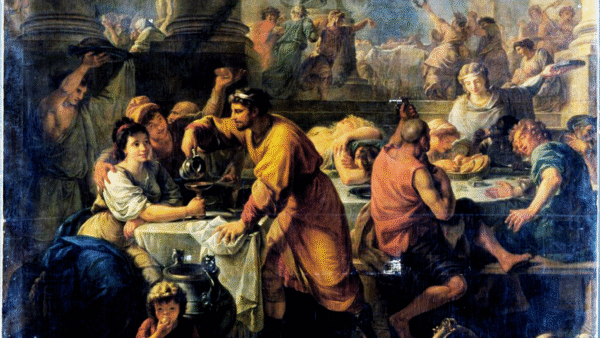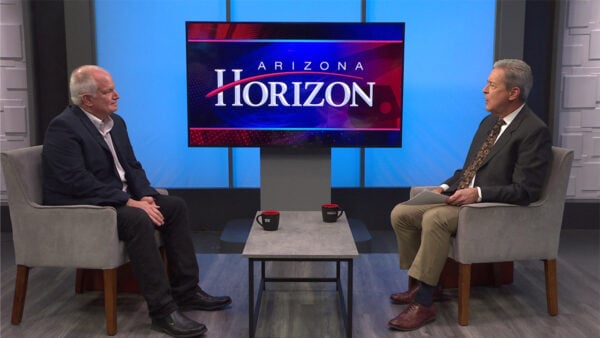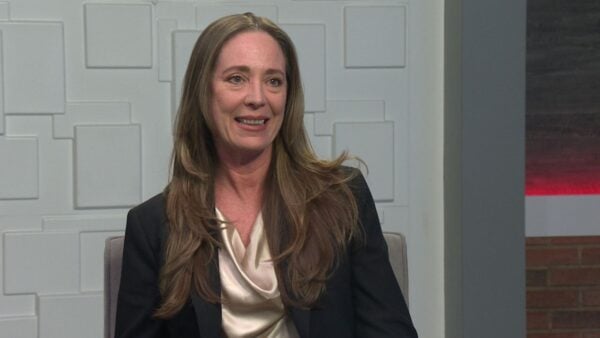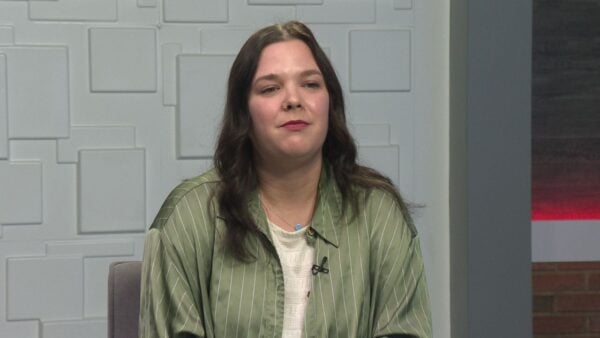By Kate Weibezahl, Tarana Khan, Ph.D.
Below, you will find ideas on how to continue learning about classic school subjects like science, math and history outside of school with fun activities that encourage inquiry and create space for your children to explore subjects they are interested in. Keep your children learning throughout the summer to help combat the summer slump.
Ideas for Early Learners (Pre-K–3rd grade)
Science
Give loose beads a brand new life with this simple science project. Create a melted bead bowl using a variety of colorful plastic beads an oven-proof bowl and cooking spray or oil. Before you bake your bead bowl, make predictions about what you think will happen to the beads after they spend a bit of time in the oven. After your bowl is done cooling, talk about whether your predictions were correct. How did the beads change? Are they different colors? What happened to the texture? Have fun brainstorming ideas for what you will keep in your new bowl.
Experiment with this No-Bake Playdough Recipe. You’ll only need simple kitchen ingredients like flour, oil, salt and food coloring for this one. Encourage your children to make predictions about each step and thoughtful observations along the way. What would make the dough softer? What does the dough smell like?
Explore properties of egg whites in this simple recipe for meringue cookies.
Math
If you have some extra beads that you didn’t melt down into your bowl, you can play this fun math game that involves counting and adding to make beaded jewelry. There are tons of opportunities for math in this simple activity!
Practice adding when you make a Math Machine at home using poster boards and paper cups. This game can be made more challenging for older children by using higher numbers or doing speed rounds.
Reading
Summer can be a great time to find ways to make reading extra fun. Reading together as a family has so many benefits for readers of all ages. PBS KIDS for Parents put together a collection of its best reading resources here. Check out how to get your preschoolers ready to read and what to do when your child hates reading.
Practice learning letters with a mystery letter bag game. Put three items that start with the same letter into a grocery bag. For example, you could include a banana, a book and a ball for the letter “B.” Take turns emphasizing the first letter of each item to help your child figure out the mystery letter.
Have you ever read “The Very Hungry Caterpillar” by Eric Carle? In this activity, kids can recreate their own version of the story and share what foods they eat each day of the week.
Arts
Try Splatter Painting outside! Spread an old white sheet, tablecloth or poster board on the ground. Use watered down paint or watercolors to dribble paint over the sheet. What kinds of patterns can you make when you flick your wrist or spin your hand around in a circle? Get creative by making predictions about mixing paint colors together.
Use natural objects like leaves, flowers and pieces of bark as brushes or stamps to make creative art projects. Dip the objects into paint and observe the various textures they produce as you begin to paint with them. Encourage your child to notice the characteristics of the items you discovered. Are you able to name each object you found outside?
Ideas for Older Children (4th Grade-12th Grade)
STEM
NASA’s Jet Propulsion Laboratory created a twist on a science class classic, Make Your Own Volcano. In this version, your children use different colors of clay to map how the “lava” from your volcano eruptions flowed to make different layers.
Participate in a citizen science project like the Natural History Museum’s Southern California Squirrel Survey! Taking part in these community science activities is a great way to see how real-world experiments are conducted and are a great opportunity to get outside!
Reading
Sign up for a reading challenge! Encourage continued reading over the summer months by participating in a Summer Reading Challenge. Most local libraries are hosting a digital challenge this year, so check out the LA Public Library, LA County Library and Orange County Public Libraries. Don’t have a library card? You can sign up for an e-card while library branches are closed.
Summer is a great time for young people to explore books and subjects they normally wouldn’t read in school. Check out these library curated lists of Anti-Racism Books for Teens, books that tell California stories, books by Native American Authors and books about climate change.
Social Studies
2020 marks the 100th Anniversary of the 19th Amendment, which guarantees American women the right to vote. Learn more about the history of the Women’s Movement in the PBS initiative Unladylike 2020. The project profiles diverse and little-known American women from the turn of the 20th century and contemporary women who follow in their footsteps, through short films.
Learn about local history on the KCET Original series “Lost L.A.“
This season of “Lost L.A.” we’re diving into untold histories behind Griffith Park, Manzanar, Los Angeles’ prohibition tunnels, architect Paul Revere Williams, the Shindana Toy Company and the Mount Wilson Observatory.
PBS has hundreds of history documentaries. You can watch them on PBS, stream them on pbssocal.org or on the PBS Passport app. Watch “Reconstruction: America After the Civil War” to learn about a period that is often glossed over in history class.
Crash Course is a great way for your kids to catch up on history lessons or learn more about social science subjects not discussed in depth in the classroom. Dive into courses on philosophy, the history of science and psychology.
Arts
For those kids who love art, the PBS Digital series The Art Assignment explores art history, interviews current artists, and answers questions about contemporary art’s meaning and purpose. The host also “assigns” art-making opportunities and has Assignments You Can Do With Your Kids such as:
- Make an Imprint with artist Sopheap Pich. Choose an object from around your home or in nature. Cut that object in half, making a flat surface. Dip the surface in paint, and press it on paper repeatedly.
- Sorted Books with artist Nina Katchadourian. Have your child create a self-portrait or portrait of a family member or friend by making a poem using book titles in your home. Look at the books you have in your house. Make 3 stacks of books to develop a portrait.
Make marble art! This is a favorite activity of our education team, and can be very relaxing and meditative! Grab a cardboard box lid and tape a sheet of white paper inside. Fill small bowls or muffin tins with different colors of paint and marbles. Pick the colors you want to use and pour the marbles and paint into the lid. Then roll the marbles around in the box lid. You’ve made art!
LACMA offers at-home resources to learn about its collection. Explore current and past exhibitions.
This article was originally published on PBS SoCal’s At-Home Learning initiative.
